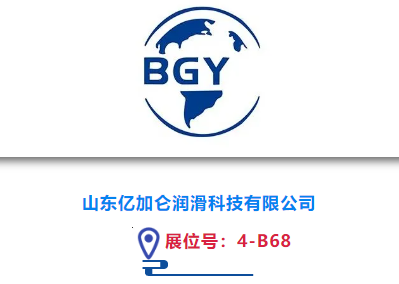The new ISO16890 standard “Air Filters for General Ventilation” became effective on 01 Dec 2016. Criticism of the new standard, particularly in regard to its relevance in the North American HVAC market has quickly emerged via social media.
As a global industry leader in air filtration, Camfil has reviewed these criticisms and conclude that they do not stand up to reasonable scrutiny. This open letter is meant to address what we consider to be a misrepresentation of this valuable new global standard for the air filtration industry.
The USA had a very active role in the development of this new standard, with current and former members of the ASHRAE 52.2 committee participating in the ISO development process. The ISO16890 standard is much more closely aligned with ASHRAE 52.2, the currently dominant standard in USA than it is with the dominant European standard; EN779:2012.
We see no controversy between the ISO16890 and applications for relatively low efficiency filters in recirculation air systems. Low MERV rating filters that are prevalent in the USA market can classified according to the new ISO standard exactly as they could be according to ASHRAE 52.2.
The only fact based criticism that is being voiced is that ISO16890 uses a more aggressive discharging method than ASHRAE 52.2 to remove any electrostatic charge in a filter that temporarily enhances the mechanical filtration efficiency. This is correct. However according to ISO 16890 protocol, both the charged (maximum) and discharged (minimum) efficiency values are printed on the test report for fine filters that will achieve ePM1 and ePM2.5 classifications. So for a customer who is prepared to trust that the filter will hold the electrostatic charge over time the initial efficiency value is there to be read and used. However, it is unreasonable for anyone to argue that informing customers of the minimum efficiency expected from a product is pointless. This value can be seen as a warranty for the minimum performance. Anyone is of course free to try and convince customers that they should trust the maximum efficiency value. In ISO 16890 the committee chose to take a pragmatic approach and uses neither the maximum nor the minimum value to state efficiency performance, but a fair and realistic average value. Any filter provider with claims to be knowledgeable and professional must always be expected to declare an honest appraisal of the performance of their products in the real world, including the inevitable dissipation of electrostatic charges from which a reduction in efficiency will always follow. For filters classified according to ISO Coarse, there is no requirement to discharge the filter.
Additionally, ISO 16890 takes an added step to better classify lower efficiency filters (such as pleated panel filters) by using two different PM curves to evaluate products. Filters classified as ePM1 or ePM2.5 are evaluated using a typical published standard urban particle distribution, while ePM10 products use a typical published standard rural particle distribution. This difference allows ISO 16890 to use a more accurate and reasonable evaluation of the “prefilter” and the “final filter”. This distribution change is much better at replicating a recirculated multistage air system than the ASHRAE 52.2 process of evaluation all products on the same particle distribution. The corresponding author(s) who is levelling these criticisms against ISO16890 is correct that to state that lower efficiency filters may provide adequate levels of air cleaning if recirculation is applied. However ISO16890 does not say anything about how a ventilation / filtration system shall be designed. It is fully up to the application or specifying engineer to dimension each system. In system design work, all values provided in ISO 16890 are both important and relevant.






















